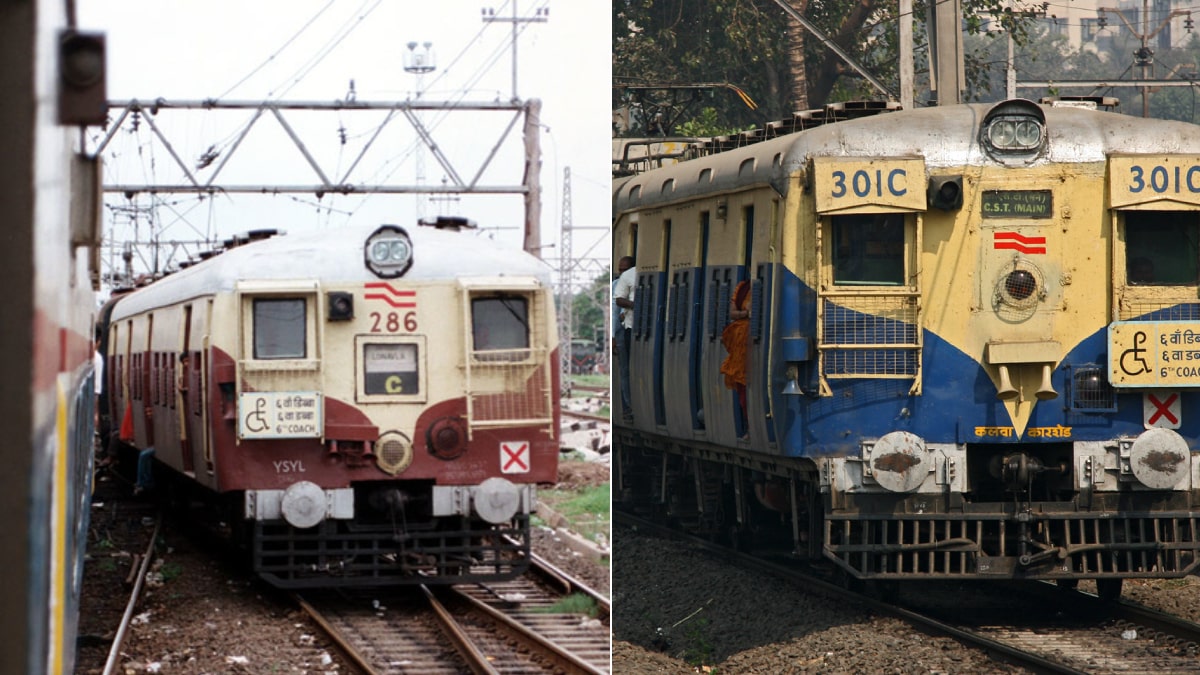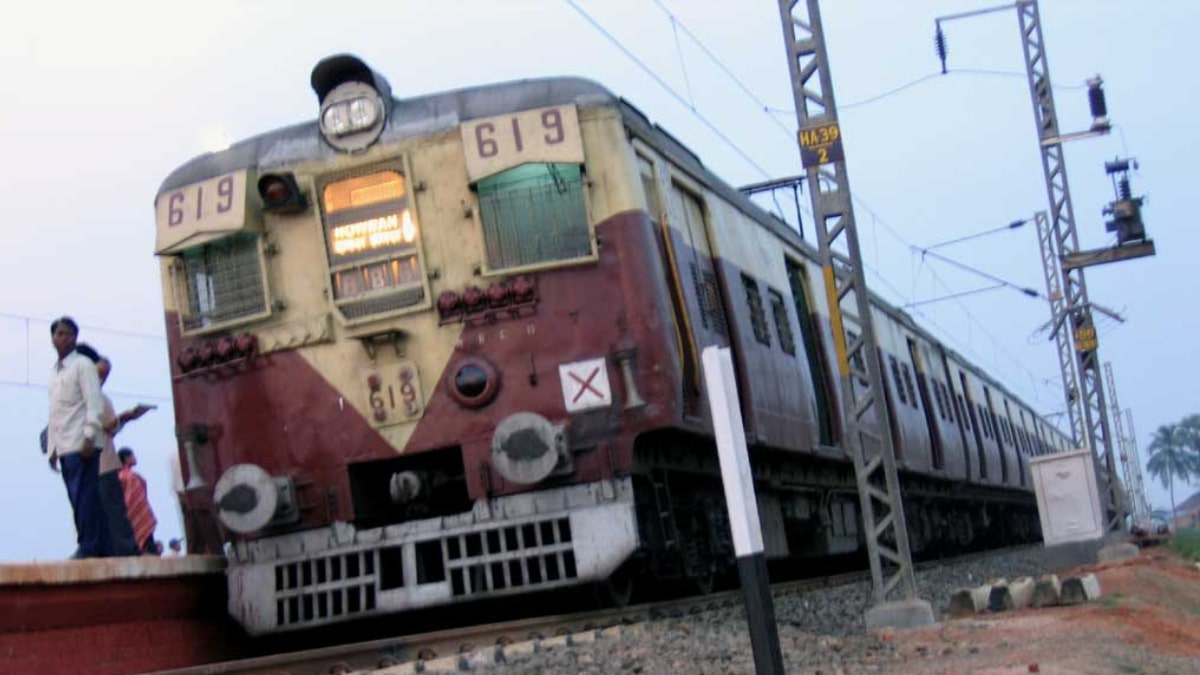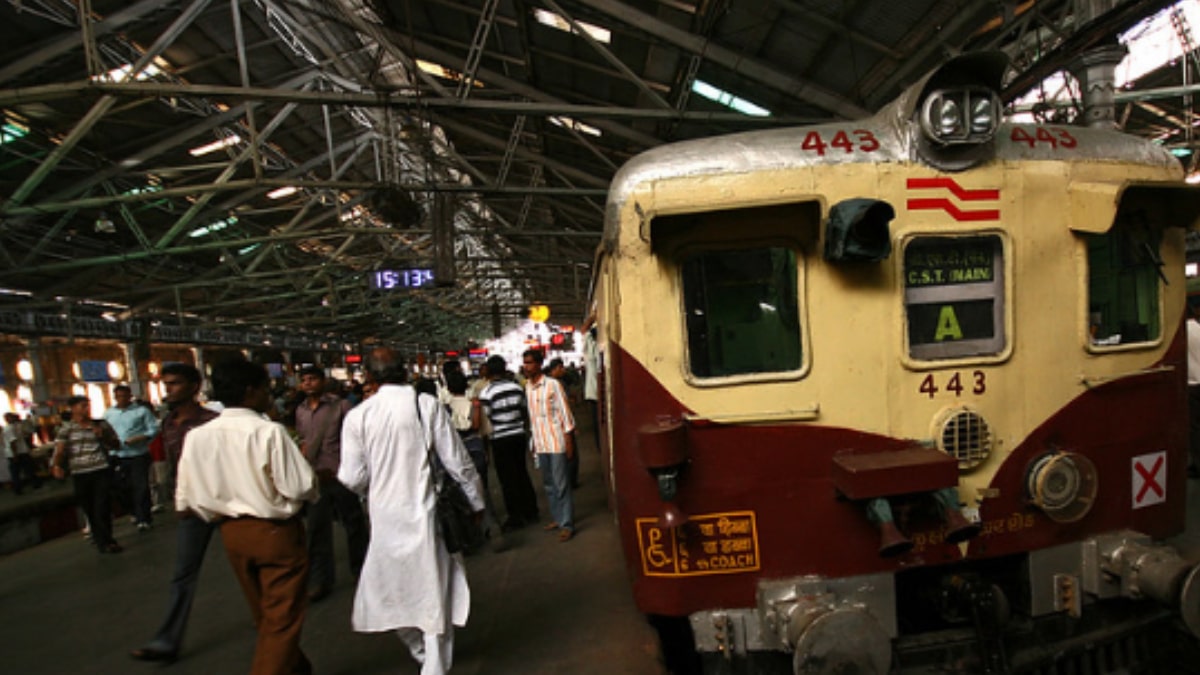The History and Evolution of Mumbai Local Trains: From Then to Now

Mumbai, India's bustling financial capital, is inextricably linked to its iconic local train network—a lifeline that has carried millions of commuters for over a century. Dating back to the mid-19th century, the Mumbai locals have witnessed a remarkable transformation, evolving from a simple mode of transportation to an integral part of the city's identity. This blog explores the rich history and evolution of Mumbai's local trains, from their humble beginnings to their current status as a vital artery of the metropolis.
Table of Contents
- Introduction to Mumbai's Local Trains
- The Inception of Indian Railways
- Early Developments in Mumbai's Local Train System
- Expansion and Electrification
- Current Structure of Mumbai's Local Train Network
- Challenges Faced by the Local Train System
- The Future of Local Trains in Mumbai
Introduction to Mumbai's Local Trains
Mumbai's local trains are a cornerstone of the city's infrastructure, serving as one of Asia's oldest and busiest suburban rail networks. Transporting over 7.5 million passengers daily, the system is vital for connecting Mumbai's diverse neighborhoods and suburbs. Comprising the Western, Central, and Harbour lines, each route offers unique connectivity across the city.
The Inception of Indian Railways
The history of Indian Railways can be traced back to April 16, 1853, when the first passenger train journey commenced from Bori Bunder (now known as Chhatrapati Shivaji Maharaj Terminus) to Thane, covering a distance of 34 kilometers. This landmark event marked the beginning of railway transport in India and laid the foundation for what would eventually evolve into the extensive local train network we see today.

Early Developments in Mumbai's Local Train System
In 1867, the first suburban service was inaugurated by the Bombay, Baroda and Central India Railway (BB&CI), connecting Churchgate Station to Virar. This marked the birth of what we now recognize as the Western Line. By 1870, Churchgate Station was officially opened, serving as a key terminus for local trains. The introduction of electric trains began in 1925 with the launch of Electric Multiple Units (EMUs) on the Central Line from Victoria Terminus to Kurla. This innovation significantly improved travel times and comfort for passengers.
Expansion and Electrification
Over the years, Mumbai’s local train network has seen substantial expansion:
✤ 1925: The first EMU service was launched on the Harbour Line.
✤ 1930s: The network expanded further with additional stations like Dadar and Bandra.
✤ 1960s-70s: Introduction of more carriages per train (from 4-car rakes to 12-car rakes) allowed for increased capacity to accommodate growing passenger numbers.
✤ 2004: The Trans-Harbour Line was opened, connecting Navi Mumbai with Thane.
Today, trains run from early morning until late at night, with services operating frequently throughout the day. The introduction of AC local trains in recent years has further enhanced passenger comfort.
Current Structure of Mumbai's Local Train Network
The current structure includes:
Western Railway: Running from Churchgate to Dahanu Road.
Central Railway: Connecting Chhatrapati Shivaji Maharaj Terminus with Kalyan and beyond.
Harbour Line: Serving routes between CST and Panvel.
Each line is equipped with multiple stations such as Dadar, Borivali, Andheri, and Thane railway station, providing easy access for commuters across various neighborhoods.
Challenges Faced by the Local Train System
The Mumbai local train system, despite its success, grapples with several challenges. Overcrowding during peak hours, a perennial issue due to the system's immense popularity, poses safety concerns. Additionally, the aging infrastructure requires constant maintenance and upgrades to ensure reliable and safe operations.

The Future of Local Trains in Mumbai
Looking ahead, several initiatives are being planned to enhance the local train experience:
- Modernization Projects: Upgrading stations with better facilities and introducing more advanced signaling systems.
- Increased Capacity: Plans to introduce longer trains (15-car rakes) on certain lines are underway.
- Sustainability Initiatives: Incorporating green technologies into operations to reduce environmental impact.
The evolution of Mumbai's local train system reflects not only advancements in technology but also changes in urban development and commuter needs over time. From its humble beginnings in 1853 to becoming one of the busiest railway systems in Asia today, it continues to be an integral part of life in Mumbai.
Dated October 12, 2024

.png)
